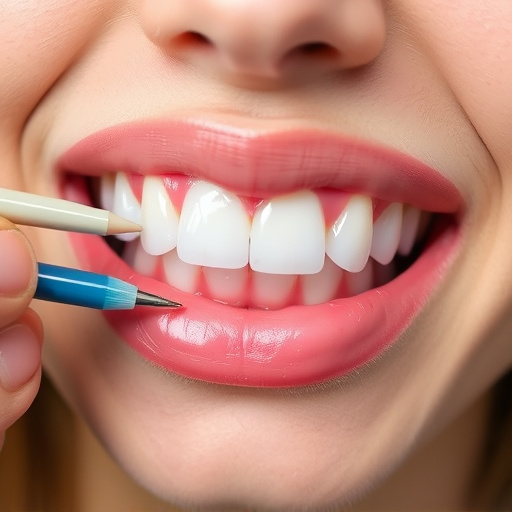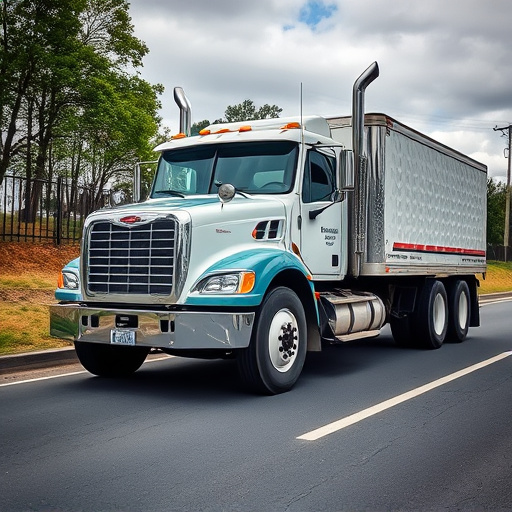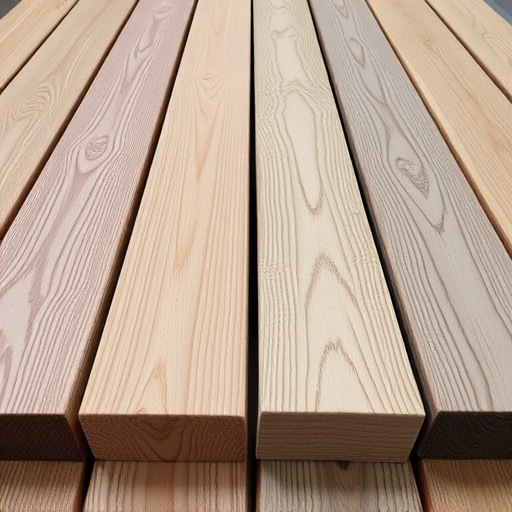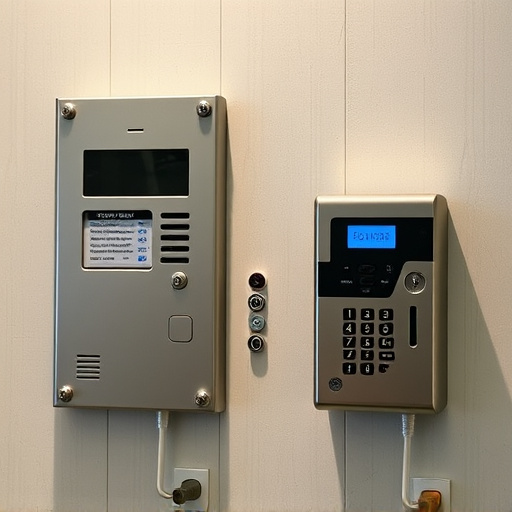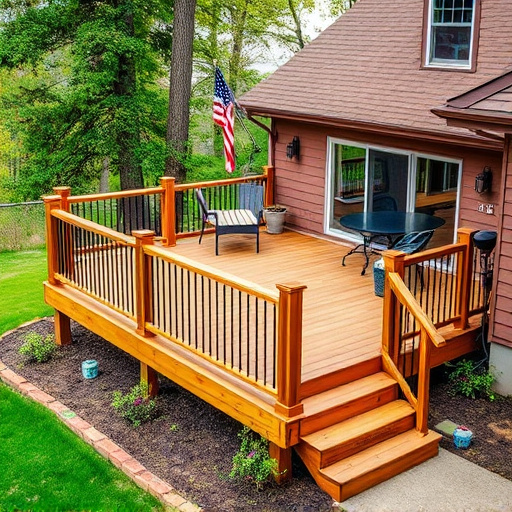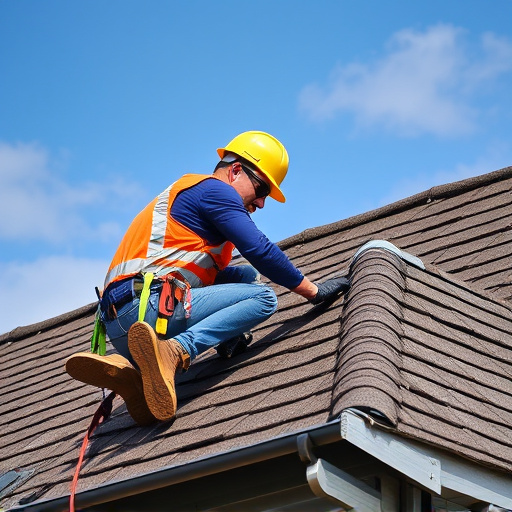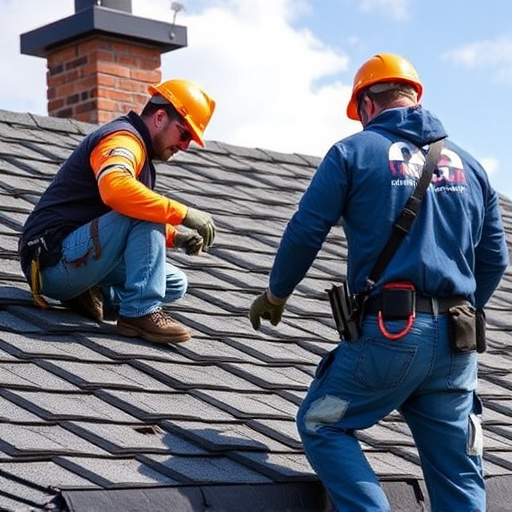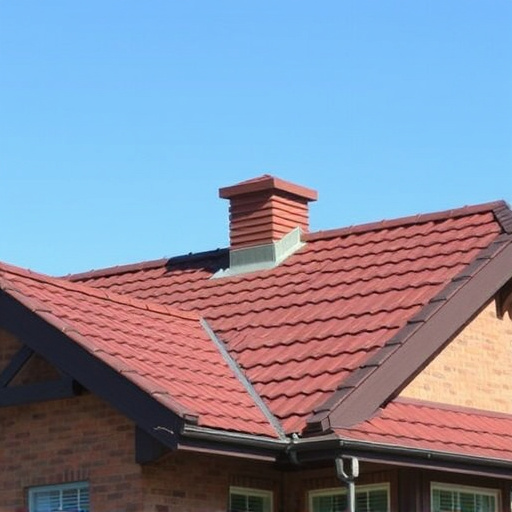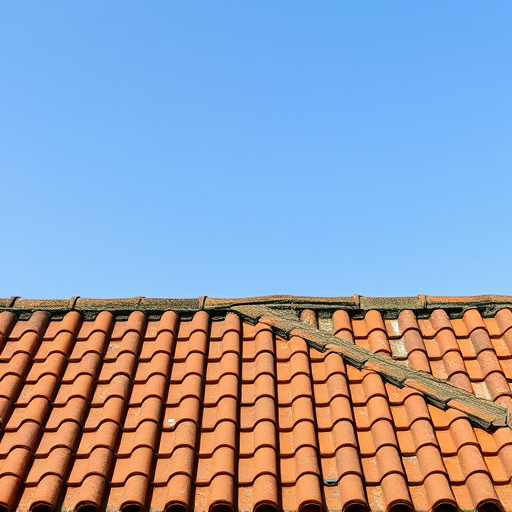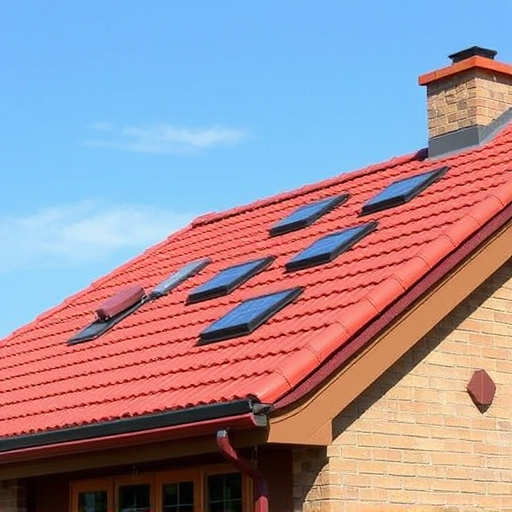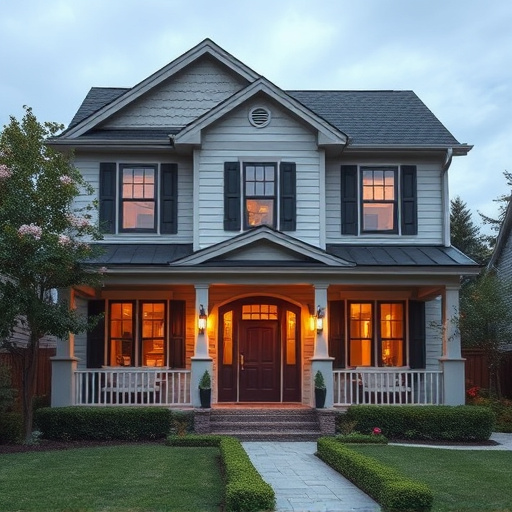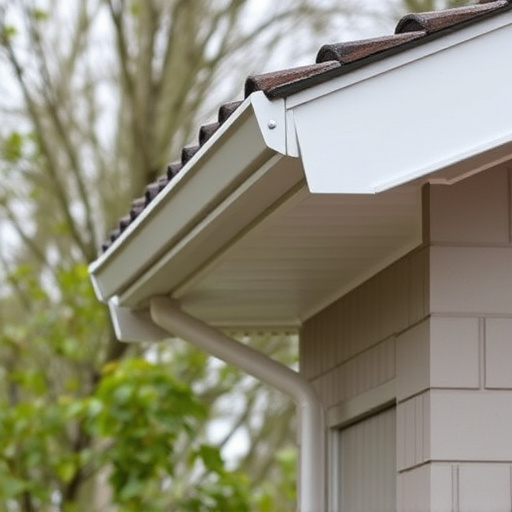A siding upgrade is a smart investment that combines aesthetics with energy efficiency. By choosing materials like vinyl or fiber cement, homeowners can reduce heat transfer, lower utility bills, and qualify for energy rebates. Combining this with improved gutter systems enhances savings by ensuring proper water drainage, preventing moisture damage, and supporting structural integrity. Eligibility for rebates varies based on local programs and siding features; application processes should be checked separately. Ultimately, a siding upgrade focusing on both appearance and energy efficiency aligns with broader sustainability goals, saving money while promoting eco-friendly practices.
Looking to reduce energy costs with your next siding upgrade? Discover the impressive energy rebates available to homeowners who invest in efficient siding. This guide breaks down everything you need to know, from understanding the eligible rebates and qualifying criteria to maximizing savings through smart siding choices. Learn how to make your siding upgrade a cost-saving, eco-friendly endeavor.
- Understanding Energy Rebates for Siding Upgrades
- Who Qualifies and How to Apply
- Maximizing Savings Through Efficient Siding Choices
Understanding Energy Rebates for Siding Upgrades
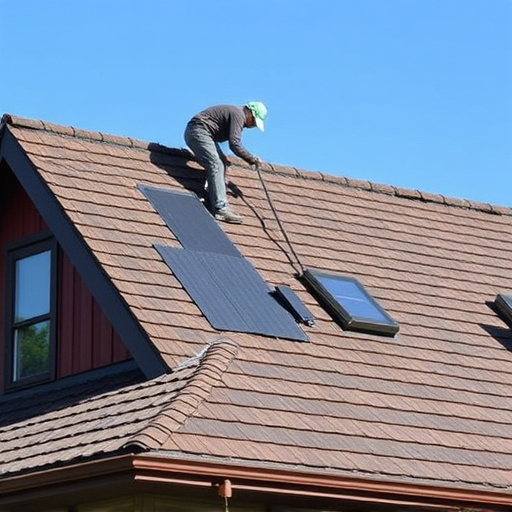
When considering a siding upgrade, homeowners can reap significant benefits beyond aesthetic improvements. Energy rebates are often available for such upgrades, making them an even more attractive and cost-effective choice. These rebates aim to encourage the adoption of energy-efficient materials and practices, helping homeowners reduce their carbon footprint and lower utility bills.
In the context of a siding upgrade, specific attention is paid to materials that offer better insulation and reduced heat transfer. For example, high-quality siding options like vinyl or fiber cement not only enhance the curb appeal of your home but also contribute to energy efficiency. Many utility companies and local governments offer rebates for installing these materials as part of residential roofing and siding services. Additionally, combining a siding upgrade with improved gutter systems can further optimize energy savings by ensuring better water drainage, preventing moisture damage, and supporting overall structural integrity—a key aspect when discussing siding and gutters.
Who Qualifies and How to Apply
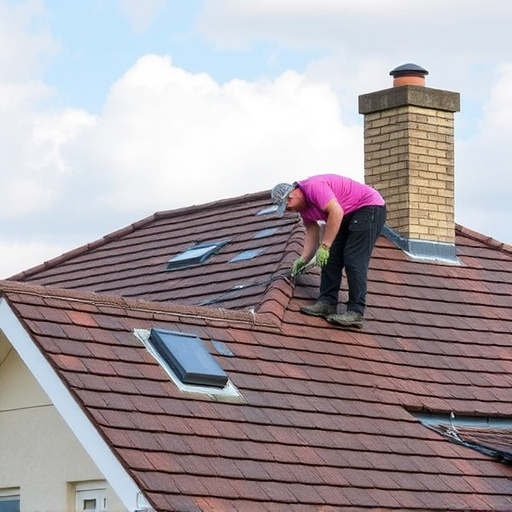
In many jurisdictions, homeowners who undertake siding upgrades can qualify for energy rebates. These rebates are designed to incentivize the use of energy-efficient materials and practices, helping to reduce overall home energy consumption. Typically, qualified individuals include property owners who install new siding as part of a renovation project or those replacing old, inefficient siding with modern, insulated options. The amount of rebate varies depending on local programs and the specific energy-saving features of the siding chosen.
To apply for these rebates, homeowners should first research their local government’s or utility company’s energy efficiency programs. This process often involves gathering documentation related to the project, such as purchase receipts and installation details. Once prepared, applicants can submit an application form through the relevant agency. It’s important to note that eligibility criteria and application procedures may differ, so it’s crucial to check the specific requirements for siding services, repairs, or replacement within your area.
Maximizing Savings Through Efficient Siding Choices
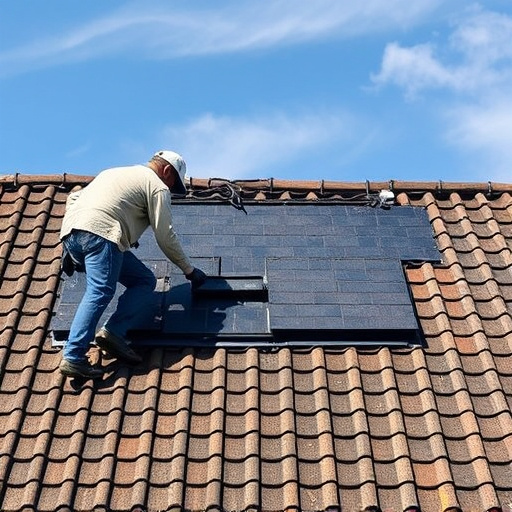
When considering a siding upgrade, it’s crucial to explore options that offer both aesthetic appeal and energy efficiency. Modern siding materials are designed with advanced insulation properties, which can significantly reduce heat transfer in and out of your home. This means a well-chosen siding not only enhances the curb appeal of your property but also contributes to lower heating and cooling costs throughout the year.
Opting for energy-efficient siding is an excellent strategy within the broader context of residential roofing or commercial roofing, respectively. It allows you to maximize savings while promoting sustainability. Home service solutions that specialize in siding installations can provide guidance tailored to your specific needs and climate considerations.
Upgrading your siding can significantly reduce energy costs, making it a smart investment. By taking advantage of available energy rebates for siding upgrades, you can further maximize savings while contributing to a more efficient home. Remember to research local programs and consult with professionals to ensure you meet eligibility criteria and select the most energy-efficient siding options for your needs.
